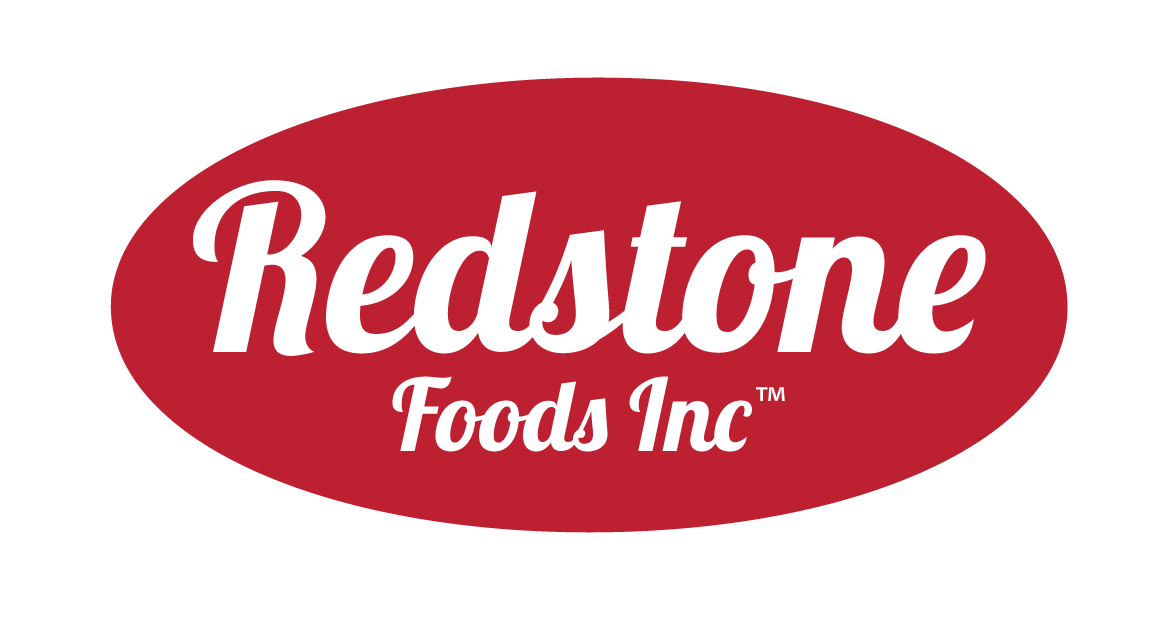Sorry Chocolate Lovers! Prices Aren’t Coming Down in 2025
| BY NEAL ROTHSTEIN

Chocolate lovers, take note: the cost of your favorite treat is on the rise. For over a decade, extreme weather patterns (supercharged by climate change) have battered global cocoa production, tightening supply chains and sending chocolate prices skyward. Now, with the looming threat of a global trade war, and the United States slapping tariffs on the imports of most goods, including chocolate, the future of your beloved candy bar is looking more expensive than ever.
Why Cocoa Beans Are Among the World’s Most Volatile Commodities
Nearly 70% of the world’s cocoa is grown in West Africa, with Côte d'Ivoire and Ghana alone producing over half of the global supply. These regions are the chocolate industry’s lifeline, yet they’re also ground zero for the chaos that comes with climate change.
Rising temperatures, prolonged droughts, and unpredictable rainfall patterns have stunted cocoa farming harvests, while torrential downpours spread crop diseases like black pod rot. In the 2023-2024 growing season, the Ivory Coast’s cocoa output hit a 7-year low, which meant a disaster for a global chocolate market, which is worth an estimated $120 billion annually.
But severe weather isn’t the only villain here. Decades of underpaid farmers have led to aging orchards and labor shortages, as younger generations of cocoa growers pivot to more profitable crops. Meanwhile, surging demand from emerging markets (like China and India) has turned cocoa beans into a hot commodity. In January 2025, cocoa prices hit a new high at $10,710 per metric ton. To put this in perspective, cocoa was trading at around $2,000 per ton just a few years ago in 2022.

The Perfect Storm: Cocoa Farming’s Mounting Crises
While climate change and trade wars dominate today’s headlines, cocoa farmers face an even more complex web of challenges – one that threatens to push prices even further into uncharted territory.
1. The EU’s Deforestation Dilemma
Starting on December 30th, 2025, the European Union will enforce strict deforestation-free requirements for all cocoa imports from major suppliers. (Micro, or small businesses will have until June 2026 to meet these requirements). While protecting rainforests is critical, the new rules demand GPS-tracked proof that every bean was grown sustainably, which has been seen rightly as a logistical nightmare for many small-scale farmers.
Imagine tracing a single bulk shipment containing beans from 80,000+ farms back to specific plots of land! Many lack the technology or funds to comply with this regulation, risking exclusion from one of the world’s largest chocolate markets. This could take even more product out of an already strained system, creating more supply chain issues, which can lead to even further price increases.
2. The Human Cost: Child Labor and Poverty Wages
Behind every chocolate bar is a harsh reality: child labor remains rampant in West African cocoa farms, and most farmers earn less than $1/day, which is far from a living wage in their countries. With cocoa prices volatile and profits skewed toward the world’s largest manufacturers, younger generations are abandoning their family farms for more stable work. The result? Fewer hands to grow cocoa trees, aging orchards, and further dwindling yields.
3. A Broken Supply Chain

Even before tariffs, the cocoa supply chain was set up like a house of cards. Farmers sell to local brokers, who sell to exporters, who sell to global traders, with each one taking a cut while growers shoulder the risks of crop failure. Now, with climate disasters and trade policies squeezing margins, the system is facing an unprecedented set of challenges.
Trump’s Tariffs and Continuing Global Uncertainty
Just when the chocolate industry thought things couldn’t get worse, U.S. tariffs have now entered the chat, causing even further turmoil. Proposed levies on imported chocolate (part of broader trade tensions) threaten to slap extra costs onto already-inflated prices.
Ghana faces the baseline 10% tariff, while the Ivory Coast is facing a 21% tariff on their country’s imports into the USA. And here’s the kicker: these tariffs could disrupt supply chains further, as manufacturers scramble to absorb costs or reformulate recipes with cheaper ingredients (think: more sugar, less cocoa).
Even without the tariffs, analysts predict no meaningful price relief until 2026, even if future crop yields end up rebounding to favorable levels. Theobroma cacao trees require five years to reach maturity, meaning current shortages are effectively locked into the global supply chain for years to come. These structural challenges in cocoa production suggest sustained higher prices are simply the new reality that we all will have to endure.

How the Chocolate Industry Is Responding
Major chocolate makers aren’t standing idly by. Brands like Hershey’s and Mondelez (the parent company of Cadbury) have already begun raising retail prices while quietly shrinking their package sizes – yes, shrinkflation strikes again!
In some cases, some major chocolate brands are even exploring controversial ingredient substitutions, like replacing cocoa butter with cheaper oils or experimenting with carob as a cacao alternative. (Don’t worry, we are not endorsing that! Carob is not chocolate. Period.)
Others, particularly premium European brands known for their exquisite Swiss, or Belgian chocolate, are leaning into smaller-batch production and focusing on sustainable cocoa sourcing to meet the new regulations, while also satisfying consumer demand for ethical treats. Still, many of these companies are bracing Wall Street for weaker profit margins in 2025, signaling just how deeply this crisis is impacting every level of the global chocolate supply chain.
What Candy Shop Owners and Chocolate Lovers Can Expect
With chocolate prices in 2025 hitting historic highs, you can expect continued volatility across the market, especially leading into high-demand holidays like Easter, Halloween, and Valentine’s Day, where chocolate is an absolute, must-have item. The cost of everything from white chocolate truffles to dark chocolate candy bars are going up, and your customers will certainly feel a bit of price shock at first.
What Should Independent Retailers Do?
- Plan ahead for peak seasons: lock in stock of your best-selling candies early when possible.
- Diversify your store’s offerings: Keep your store’s inventory diversified, with a mix of indulgent treats and affordable alternatives that your customers are sure to love.
- Highlight value and exclusivity: As prices go up, chocolate may transition into an occasional indulgence for many. Cultivate a luxurious experience through curated gift boxes or specialty items that justify the increased price.
At Redstone Foods, we understand the unique challenges retailers face in this day and age. As America’s favorite candy distributor, we specialize in helping our clients weather trends like this with exclusive access to high-demand confections, unbeatable customer support, and a laser-focus on what matters most: candy, soda, salty snacks, and happy customers!
As the chocolate landscape continues to evolve in the long term, one thing remains the same: people still crave comfort, indulgence, and a little joy in their lives. While the golden age of cheap chocolate may be over, there’s still plenty of sweetness ahead – especially when you’ve got the right distributor in your corner!
Sign up for an account with us online or give us a call to experience the expertise Redstone Foods brings to the industry. We can’t wait to hear from you!
1-800-444-3520






